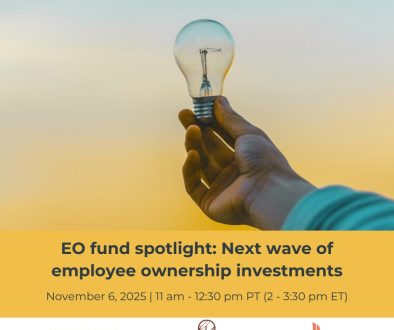Differentiated Strategy in an Overlooked Corner of Private Credit
In a crowded investment landscape, finding strategies that deliver both attractive returns and genuine differentiation is no easy task. That’s why a growing number of sophisticated investors are taking a closer look at a niche that sits at the intersection of private credit and employee ownership: buying seller notes from ESOP transactions.
It’s a strategy that’s hiding in plain sight—one with compelling economics, low competition, and an impact story to boot.
When a business owner sells their company to an Employee Stock Ownership Plan (ESOP), the deal is often financed in part with a “seller note”—a promise from the company to pay the seller over time. These notes typically carry attractive interest rates and are backed by healthy, cash-generating companies.
But here’s the catch: sellers often don’t want to wait years to get paid. That’s where a private credit fund steps in—buying the note, providing the seller with immediate liquidity, and earning the interest and principal payments over time.
ESOPs are not small-time players. There are over 6,500 ESOP companies in the U.S., generating more than $1.7 trillion in revenue annually. Yet, despite this scale, institutional capital in the ESOP seller-note market is scarce. Banks rarely purchase these notes, and traditional lenders typically don’t understand the ESOP structure.
That lack of competition means well-structured deals with favorable terms are often available—if you know where to look.
Buying ESOP seller notes can deliver premium yields without taking equity-level risk. The repayment obligations are contractual, the companies are usually established market leaders, and the transactions are structured with strong covenants.
Because ESOP companies often outperform their non-employee-owned peers in retention, productivity, and resilience, the underlying credit quality can be exceptional.
Seller notes aren’t traded on public markets, so their value isn’t vulnerable to daily headlines. Payments are typically fixed and predictable, creating steady cash flows that can anchor an investor’s portfolio.
This stability makes them an appealing diversifier in times of market turbulence.



